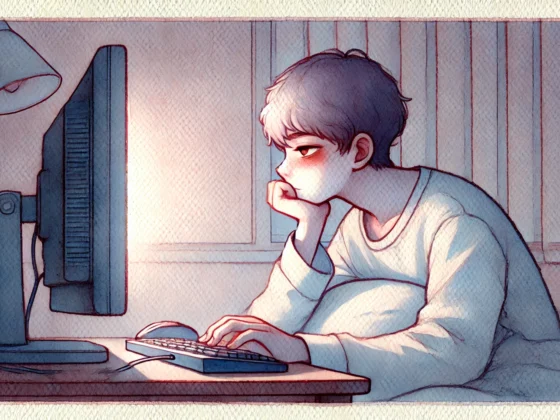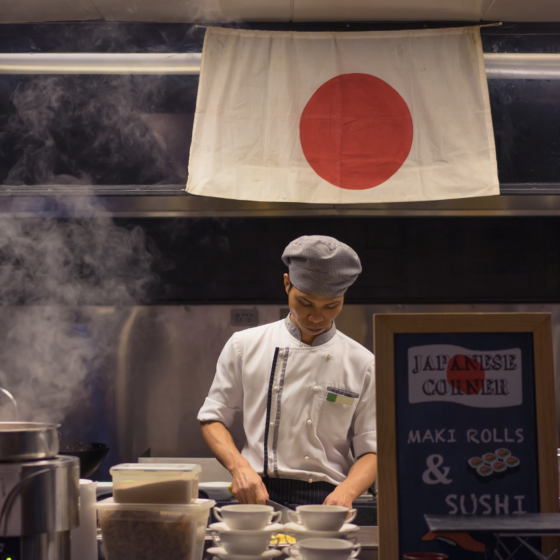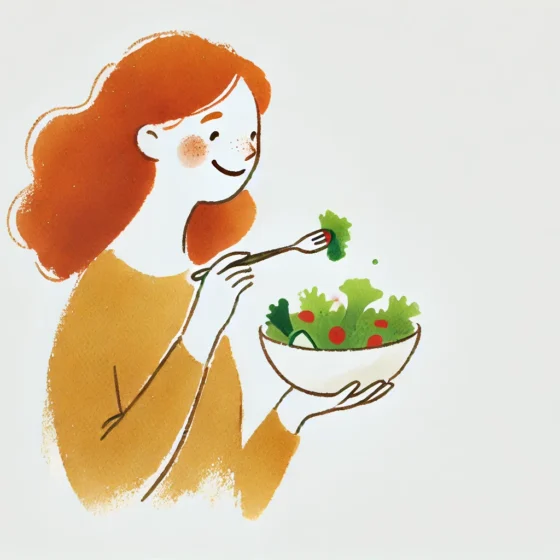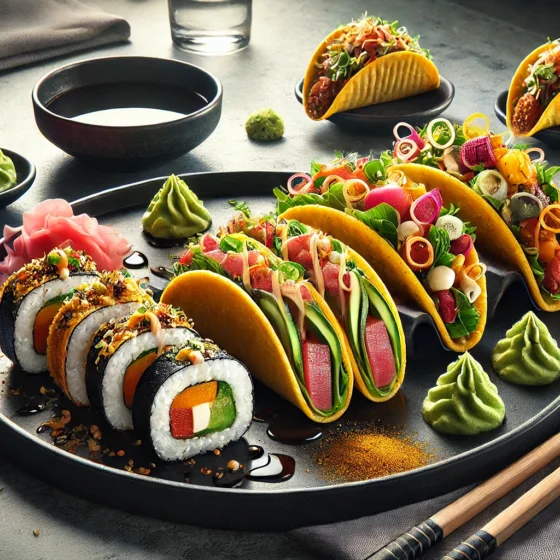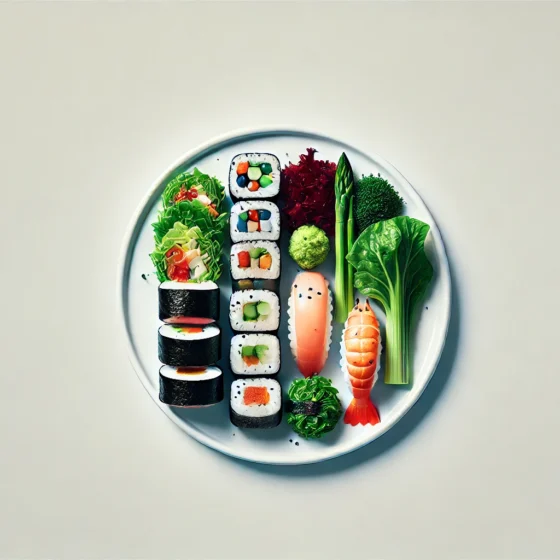In an era where Instagram and social media platforms are inundated with a plethora of food content, from stylized stock images of food to casual snapshots of dinner plates, the image of food has become a significant influencer of our eating habits. This visual stimulation not only curates our food cravings but also shapes our perceptions of what constitutes a desirable meal. The omnipresence of these images, complemented by the persuasive power of food influencers and marketing, has cultivated a unique cultural phenomenon where the visual appeal of food often precedes its nutritional value or taste. Understanding the complexity of this phenomenon and its implications on dietary choices is crucial, as it underscores the intersection between social influence and personal health.
This article delves into the multifaceted role that the image of food on social media plays in shaping our eating habits. It examines the influence of food photography and videos, highlighting their impact not just on the adult population but significantly on the youth and their vulnerability to eating disorders. Furthermore, it explores the strategies employed in social media marketing and the way they leverage visual appeal to affect eating behaviors. By analyzing these dimensions, the article provides insights into the powerful dynamic between food representation online and its real-world consequences on dietary patterns. The concluding section will reflect on future trends and the potential for a more conscious interface between food social urban and our digital consumption patterns.
Influence of Food Photography and Videos
The term “food porn” encapsulates the trend of showcasing visually decadent images of food that surpass their basic nourishing function, a concept first identified in the late 1970s. This phenomenon has evolved with social media, where food photography often serves not as an art form but as a universal trigger of sensory and emotional reactions. The pleasure derived from these images is complex, combining visual appeal with “reality-independent gustatory imaginings,” suggesting that the enjoyment of food photography transcends the actual desire to eat the food depicted.
Visual Appeal and Presentation
In the realm of food photography, the artistry involved is crucial in creating appetite appeal, which directly influences consumer behavior. Techniques such as selective focus and expert lighting are employed to highlight the food’s best features, making it look more enticing. Composition and food styling also play significant roles, ensuring that the food not only looks good but also evokes a sense of balance and harmony that appeals to the viewer’s tastes.
Role of Professional and Amateur Content
The introduction of platforms like Instagram has changed the dynamics of food content creation. Both amateur and professional creators use these platforms to share their culinary experiences, with professionals often focusing on high-quality, visually appealing images that adhere to branding goals, whereas amateurs might share more personal, relatable food experiences. This blend of content contributes to a diverse visual food culture online, influencing viewer preferences and eating habits.
Algorithmic Promotion
Social media platforms utilize algorithms that promote content based on user engagement, which can skew the visibility of certain types of food. Posts featuring visually appealing, often less healthy food options tend to receive more engagement, thereby becoming more prevalent in users’ feeds. This algorithmic bias can influence public perceptions of desirable eating habits, potentially leading to a shift towards unhealthier dietary patterns.
In summary, the influence of food photography and videos on social media is multifaceted, impacting everything from individual food choices to broader cultural dietary trends. The strategic use of visual elements in food photography, combined with the algorithmic mechanisms of social media platforms, plays a pivotal role in shaping eating behaviors and perceptions of food across diverse audiences.

Impacts on Youth and Eating Disorders
The pervasive influence of social media on youth has significantly escalated the risks associated with eating disorders. Adolescents, particularly those aged 13-18, are among the most active users of platforms like Instagram and Snapchat, which are primarily visual and promote intensive social interaction and self-expression. This exposure to idealized body images and the glamorization of thinness contributes to heightened body dissatisfaction and the internalization of harmful beauty standards.
Increased Risk Factors
Research indicates a troubling correlation between social media use and the development of eating disorders among young people. A recent study highlighted that adolescents engaging with photo-based social media platforms are at a higher risk of developing eating disorders, as these platforms encourage behaviors like photo manipulation and investment in online appearances. Additionally, the presence of pro-eating disorder communities on these platforms further exacerbates the risk, providing a space where harmful practices are normalized and even encouraged.
Correlation with Body Image Issues
The impact of social media on body image among youth is profound. Studies have shown that even non-maladaptive use of platforms like Facebook is associated with increased body dissatisfaction and disordered eating among young adults. The constant exposure to media that glorifies a narrow standard of beauty can lead to persistent body image issues, which are often precursors to eating disorders. These issues are not confined to females; they affect a broad demographic across genders and identities, highlighting the pervasive nature of the problem.
Preventive Measures
Addressing this growing concern requires a multifaceted approach. Educational programs that promote media literacy, such as Media Smart, have shown promise in mitigating the impact of social media on eating behaviors. Families play a crucial role as well; encouraging open discussions about body image and setting a positive example in terms of healthy eating and self-acceptance can be powerful. Furthermore, reducing the stigmatization of body weight and promoting diversity in media representations can also help alleviate the pressures young people face online.
Social Media Marketing and its Effect on Eating Behaviors
Social media marketing utilizes influential strategies that significantly affect eating behaviors, particularly among younger demographics. Companies invest heavily in targeted advertising, leveraging influencers and visually appealing content to promote their food products. In 2016, food, beverage, and restaurant companies spent approximately $13.5 billion on media advertising, with children exposed to around 4,000 ads annually, not including those seen on social media platforms.
Advertising Strategies
Advertising on social media often features health claims, vibrant imagery, and memorable slogans to capture the attention of consumers. Techniques such as using celebrities or animated characters as spokespeople and offering promotions or exclusive prizes are common. These strategies are designed to enhance engagement and drive consumer interactions, which can lead to direct product purchases.
Impact on Purchase Decisions
The influence of social media marketing on consumer purchase decisions is profound, especially among the youth. Platforms like Instagram and TikTok shape food trends and influence dietary choices through the content posted by both brands and influencers. For instance, the visual and interactive nature of these platforms allows food brands to extend the reach and personal relevance of their marketing messages, significantly impacting youth purchases, consumption, and preferences.
Shift in Consumer Preferences
There is a noticeable shift in consumer preferences towards healthier and more sustainable food options, influenced by social media exposure. Platforms like Instagram and TikTok play crucial roles in setting food trends that dictate consumer behavior. This shift is also reflected in the increasing popularity of food items that are not only visually appealing but are also perceived as healthier or more ethical.

Conclusion and Future Trends
Throughout this article, the profound impact of social media on shaping our eating habits and dietary choices has been meticulously explored, underscoring the intertwined relationship between visual food content online and its tangible effects on physical health and societal behaviors. From the mesmerizing appeal of food photography that transcends mere sustenance to the consequential rise in eating disorders among youth, fueled by the relentless pursuit of idealized body images, the discourse has illuminated the multifaceted dimensions of this modern phenomenon. It reiterates the crucial need for a conscious recalibration of our engagement with food in the digital age, where visual appeal often overshadows nutritional value, nudging us toward a skewed perception of what constitutes a desirable meal.
As we move forward, the call for a more discerning consumption of social media content becomes increasingly urgent, highlighting the significance of fostering media literacy and advocating for representations that prioritize diversity and health over aesthetics. The potential to leverage the pervasive reach of social media for the promotion of healthier eating habits and more realistic body image standards is immense. By channeling the influential power of online platforms towards positive ends, there exists a promising avenue to mitigate the adverse effects delineated in this analysis, paving the way for a future where digital consumption patterns and food choices are aligned with the principles of well-being and genuine satisfaction.
FAQs
1. How does social media impact our food choices and eating habits?
Social media can significantly influence our eating habits. A study by Aston University’s School of Life and Health Sciences found that college students were more inclined to consume more fruits and vegetables if they perceived that their peers on social media were doing the same.
2. How do social interactions influence our eating habits?
Our eating habits are affected by the company we keep. People tend to eat differently when they are with others compared to when they are alone. Additionally, our food choices often align with those of our close social contacts because conforming to group behaviors is both adaptive and rewarding.
3. How does body image influence our food choices?
Body image plays a crucial role in influencing our food choices. A negative body image can lead to dieting, excessive exercising, and the development of eating disorders such as anorexia nervosa, bulimia nervosa, and binge eating disorder.
4. How does social change affect our food habits?
Societal changes can directly impact our food habits. Notable changes occur when there is an increase in income, leading consumers to shift their consumption patterns towards higher-fat foods, ready-made processed foods, and animal-sourced foods.

